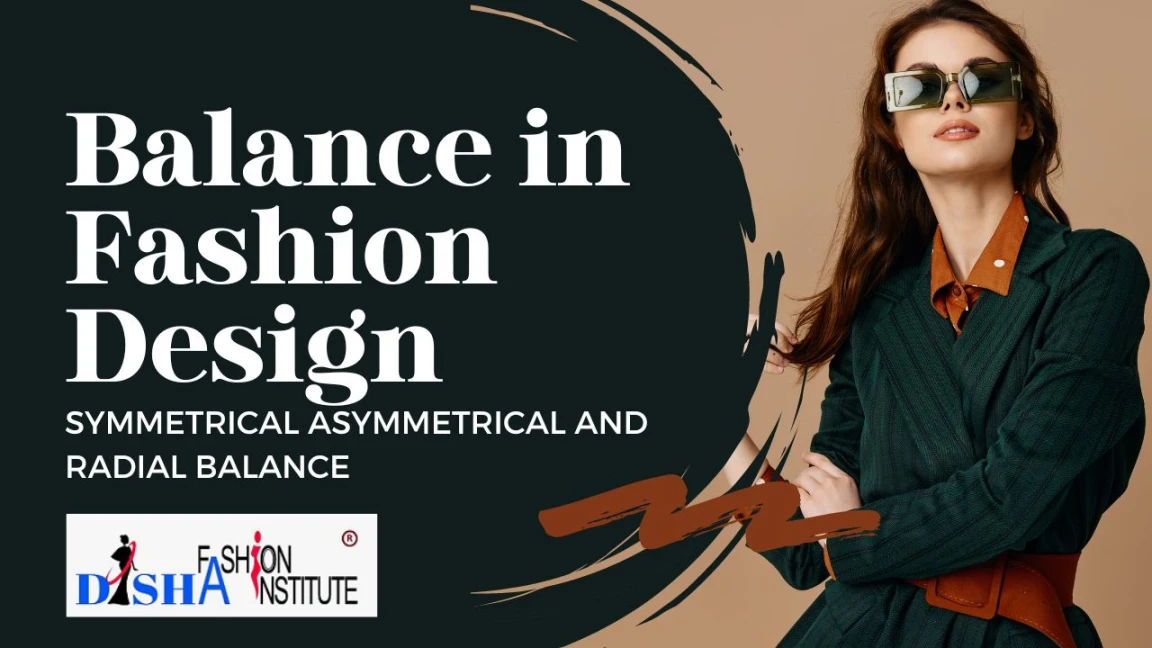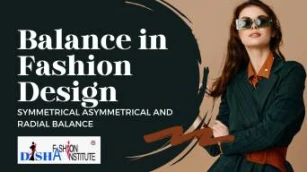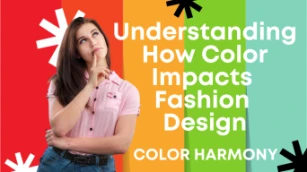Balance in fashion design is a key principle of fashion design that refers to the visual distribution of elements within a design or a garment. It creates a sense of equity and stability among various elements to create a visually appealing and cohesive look. When the design elements are balanced, a pleasing harmony pleases the eyes. Balance in garments refers to a visual distribution of weight from a central area.
There are three types of balance in fashion design:
- Symmetrical Balance
- Asymmetrical Balance
- Radial Balance
Table of Content
- Symmetrical Balance in Fashion Design
- Asymmetrical Balance in Fashion Design
- Radial Balance in Fashion Design
- Impact of Balance in Fashion Design on the Apparel Industry
- Conclusion
- All Topics on Principles of Design in Fashion
- All Topics on Elements of Design in Fashion
- Explore Free Courses
- Join Fashion Designing Course
Symmetrical Balance in Fashion Design
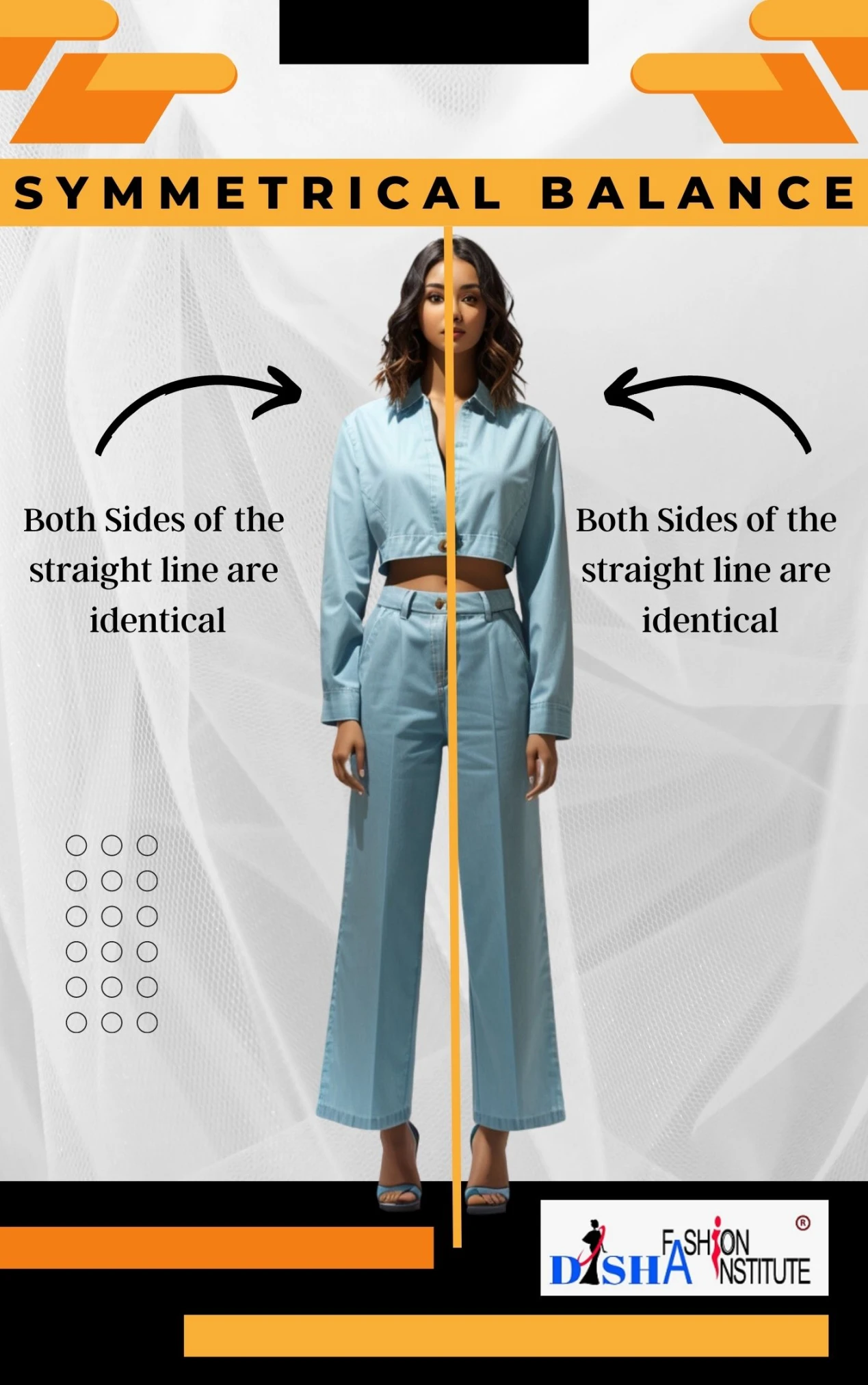
Formal balance in fashion design, also known as symmetrical balance, is a design principle characterized by its even distribution of elements, creating a sense of equilibrium and centrality. In simple terms, it means that both sides of the design are identical, much like the bilateral symmetry seen in human bodies with two arms and two legs. A garment following a symmetrical design should have precisely the same details placed at corresponding locations on both sides.
Symmetrical balance is widely used in fashion design due to its straightforward and logical approach to achieving stability. Even when there are slight variations or minor deviations, as long as the overall elements are approximately symmetrical, the design retains its symmetrical nature. To ensure that a symmetrical design remains captivating, it requires a skilled implementation of fabric selection, rhythmic patterns, and spatial relationships.
A design that exhibits symmetrical balance usually imparts a more formal or tailored appearance. Moreover, it is often the simplest and most cost-effective design to produce.
Nevertheless, this may look less interesting than an asymmetrical balance. Colour and texture influence this balance to create a feeling of formality or eye soothing effect. Classic evening gowns, tailored suits, and traditional wedding dresses often demonstrate symmetrical balance.
For example, a dress with an identical centre seam on both sides of the garment is an example of symmetrical balance.
Some other examples of symmetrical balance in fashion design include:
- Garments with the same design elements, such as buttons, pockets, or embellishments, are symmetrical on both sides.
- Outfits with design details centred or aligned along the body's midline, such as a dress with a central seam or a top with a centred print.
- Another example is coordinating accessories, such as earrings or shoes that are identical or nearly identical on each side.
Symmetrical balance is often associated with a more formal and classic aesthetic. It exudes a sense of order and can be particularly flattering for those who prefer a balanced and well-proportioned look. However, it is important to note that achieving perfect symmetry in fashion design is only sometimes necessary or desirable. Designers may incorporate subtle variations or slight deviations from perfect symmetry to add visual interest and avoid a rigid or predictable appearance.
Asymmetrical Balance in Fashion Design
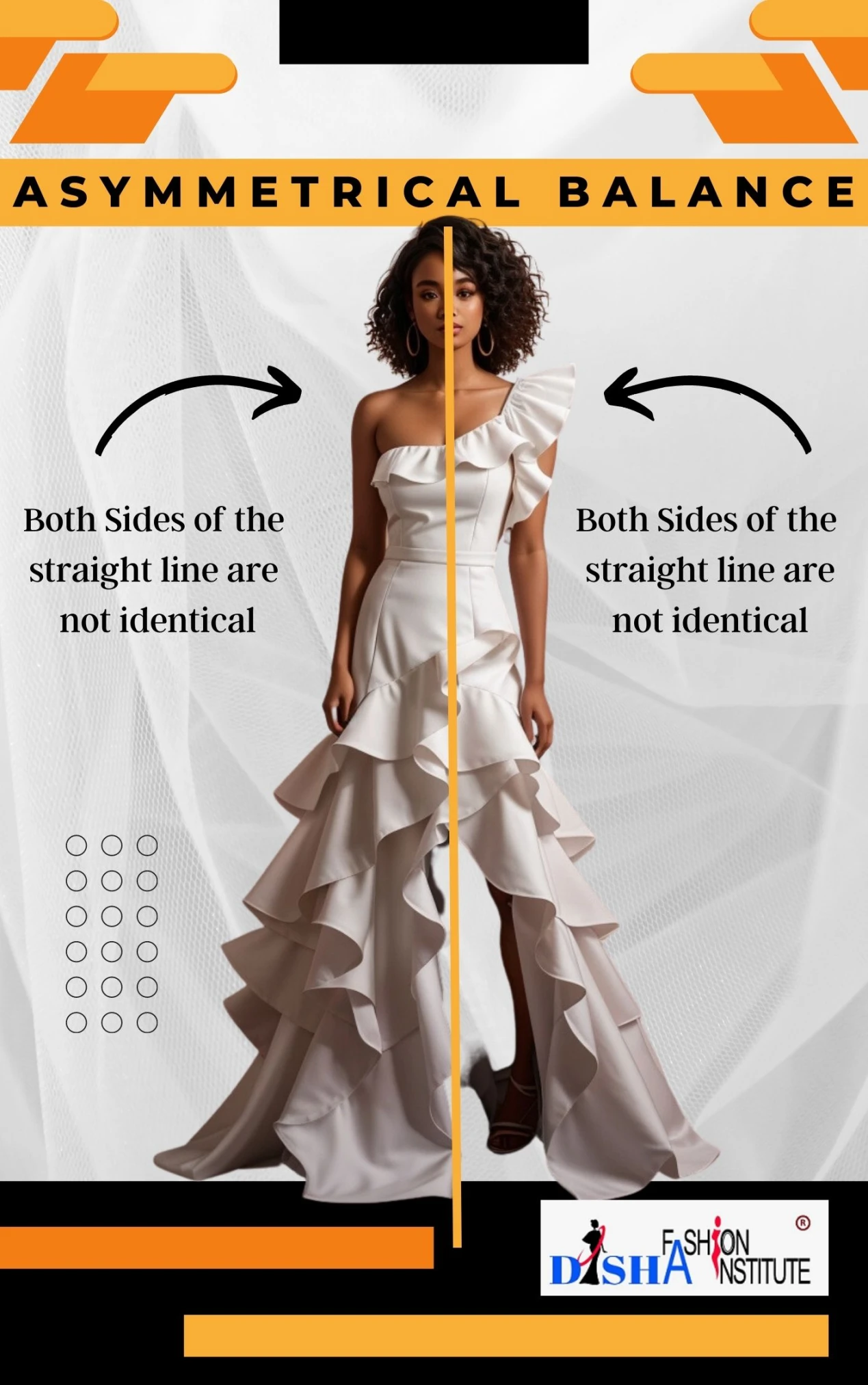
Informal balance in fashion design, also known as asymmetrical balance, is a design principle that involves the uneven distribution of elements from the centre. Unlike formal balance, informal balance aims to create a more dynamic and captivating effect by introducing an intentional visual imbalance. This results in different arrangements on each side of the design.
Asymmetrical balance is often achieved through the use of diagonal lines and off-centred closures. By incorporating unique, slender, and eye-catching details or creating intense visual impacts on one side, it becomes possible to balance a larger and less imposing area on the opposite side. For instance, striking lines, textures, or colours can be employed to counterbalance larger masses that may seem less significant.
This design approach is frequently employed in fashionable garments due to its dramatic and technical effects. However, it is essential to avoid creating a design that looks heavier or disproportionately weighed on one side compared to the other. When executed correctly, an informal balance should still give the appearance of overall equilibrium, despite the evident differences between its two sides.
For example, pairing a large, vibrant patterned skirt with a simple solid-coloured top can create an asymmetrical balance that draws attention to the lower half of the body.
In asymmetrical balance, the goal is to achieve equilibrium and harmony through deliberate variations and contrasts. It adds a sense of movement, energy, and individuality to an outfit. Here are some more examples of asymmetrical balance in fashion design:
- Garments with different design elements or details on each side create an intentional imbalance—for example, a dress with a single shoulder strap and a sleeve on the other.
- It intentionally places design elements in different garment areas, such as patterns, prints, or embellishments. For instance, a dress with a bold print on one side and a solid colour on the other is a good example.
- It creates an asymmetrical hemline or has one side longer or shorter than the other. Asymmetrical balance adds visual interest and creates a sense of movement.
Asymmetrical balance allows for experimentation and creativity in fashion design. It can draw attention to specific areas of the body, add visual intrigue, or create a unique and individualistic look. It is often associated with a more contemporary and edgy aesthetic. So, the designer must consider the overall balance and proportion of the outfit to ensure it looks intentional and well-executed.
Radial Balance in Fashion Design
Radial balance involves organizing elements around a central point, similar to the spokes of a wheel. This type of balance is less commonly used in fashion design but can be seen in certain garments with circular or spiral motifs, such as skirts or dresses with circular ruffles or pleats. Radial balance creates a focal point and generates a sense of energy and movement. Pleats, seams, gathers, and darts help to radiate from the central or focal point creating a sunburst effect.
For example, a circular skirt with a pattern radiating out from the centre is an example of radial balance.
Here are some more examples of radial balance in fashion design:
- Garments with circular patterns, motifs, or embellishments centred around a focal point. This type of design can include garments with circular ruffles, pleats, or layered fabrics that radiate outward from the centre.
- Dresses or skirts with spiral construction or draping techniques create a visually striking and flowing effect that starts from the centre and extends outward.
- Accessories such as necklaces or brooches positioned in a circular or spiral arrangement draw attention to a central point.
More fabric is needed to create a radiating effect, so creating radial balance is more expensive while creating a symmetrical balance is less expensive and easy to make. Creating asymmetrical balance is hard to achieve because creating different designs on both sides while giving the same weight takes time and effort. A good balance I achieved by considering the size, shape, colour and other elements.
When incorporating radial balance into fashion design, it is important to consider the overall composition and proportion of the outfit. The central point should be strategically placed and balanced with the other elements to maintain harmony and prevent overwhelming the design.
Impact of Balance in Fashion Design on the Apparel Industry
Balance in fashion design has a significant impact on the apparel industry in several ways:
Design Aesthetics
Balance in fashion design is essential in creating visually appealing and well-designed garments. A balanced composition in apparel design attracts consumers and contributes to their perception of quality, craftsmanship, and attention to detail, which can positively impact sales and brand reputation.
Consumer Satisfaction
Balanced designs in apparel ensure that the garments fit well and flatter the wearer. A balanced garment enhances the body's natural shape and creates harmony. A balanced garment increases consumer satisfaction, ultimately influencing repeat purchases and brand loyalty.
Market Competitiveness & Brand Identity and Recognition
Balance in fashion design can be a differentiating factor in a highly competitive apparel industry. Brands and designers who consistently produce well-balanced and visually appealing designs stand out among competitors. Balance adds sophistication and refinement to garments, enabling brands to position themselves as leaders in fashion and style.
Innovation and Creativity
Balance in fashion design serves as a foundation for creative expression and innovation in the apparel industry. Designers can experiment with different types of balance, combine them with other design principles, and create novel and imaginative designs. This approach allows for the development of new trends, pushing the boundaries of fashion and driving industry progress.
Conclusion
It is worth noting that balance in fashion design does not necessarily mean achieving perfect symmetry or equal weight distribution. It is about creating a visual equilibrium that suits the desired aesthetic and the wearer's body shape. The choice of balance type will depend on the designer's intent, the desired effect, and the wearer's preferences.
In conclusion, balance is a principle of fashion design that involves carefully arranging elements to create a visually pleasing and harmonious composition. By understanding and applying the concepts of symmetrical, asymmetrical, and radial balance, fashion designers can create aesthetically pleasing and flattering outfits for the wearer.
All Topics on Principles of Design in Fashion
To explore all topics on principles of design in fashion, browse the list of blog posts below and click on the relevant heading to access the articles.
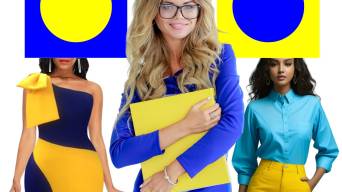
How to Contrast Colors for Clothing
How to Contrast Colors for Clothing | 8 Ways to Create Colour Contrast in Fashion
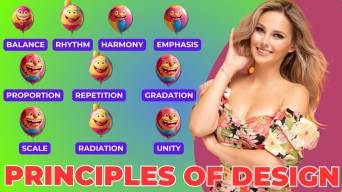
Principles of Design in Fashion
10 Principles of Design in Fashion You Need to Know to Become a Fashion Designer
All Topics on Elements of Design in Fashion
To delve into all the subjects about elements of design in fashion, simply navigate through the list of blog posts below. Click on the headings to access the articles you're interested in reading.

Color Psychology in Fashion Design
Impact of Color Psychology on Fashion Design: Exploring 12 Transformative Role of Color

Elements of Design Line in Fashion
Elements of Design | Lines in Fashion | Creating Optical Illusions With Lines

Elements of Design in Fashion
7 Elements of Design in Fashion You Must Understand as a Fashion Designer
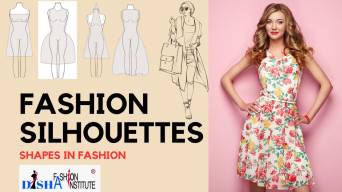
Types of Silhouettes in Fashion
Types of Silhouettes in Fashion | 12 Different Types of Fashion Silhouettes Explained
Explore Free Courses
Begin your fashion journey with our free fashion design foundation course. Dive into the world of style and creation today!
Fashion Designing Foundation Course
Join Fashion Designing Course
Enrol in our certificate courses for fashion designing and textile designing

